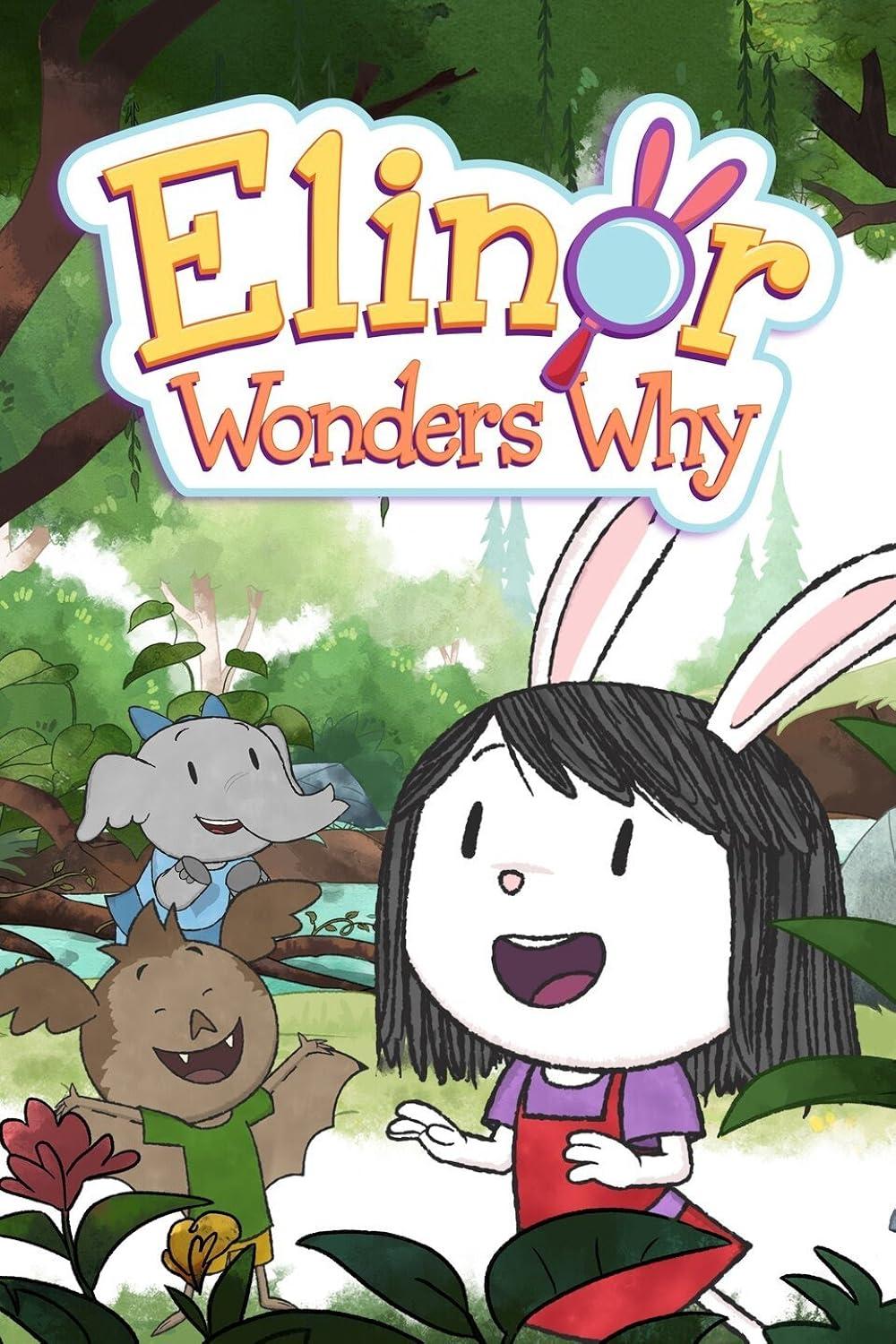A team of researchers at the University of Rhode Island are teaming up with PBS Kids to change young students’ perceptions of women in science.
Sara Sweetman, associate professor of elementary and environmental education, is the principal investigator on this project and has been collaborating with PBS Kids on their shows for years. “Elinor Wonders Why” is her latest project with the program.
The show focuses on Elinor, a bunny, and her friends Ari, a bat and Olive, an elephant, as they explore their town. Together, they try to think like scientists and make observations about the world around them. The show is geared towards children ages 4-7 and teaches them about earth sciences, engineering and life sciences.
“Elinor Wonders Why” is returning for its second season, with eight new episodes that will explore how both boys and girls perceive scientists.
According to Sweetman, research has shown that behavior in boys and girls can lead to certain career pathways.
“By age 7, most children have decided what gender jobs fit into and they start making decisions on their own career based on that,” Sweetman said. “We need to break down those barriers and work on this at a much earlier age.”
Sweetman refers to the lack-of-fit model, where individuals will subconsciously see if they fit or don’t fit into certain types of jobs. She said that this is where discriminatory behavior can stem from.
“What we know is there has been an increase in women who are attending university and getting on the career path of science and engineering, but what we’re seeing more and more is that they don’t stay in the workforce,” Sweetman said.
This can be a result of discriminatory behavior in the workplace.
“Elinor Wonders Why” has the goal of taking these behaviors and showing students how to better interact with one another.
“Ari, who is representing a male character, may overtake some of the action of the science, and then he will learn that it’s better to collaborate together to get the activity done,” Sweetman said.
In addition to the new goals of the show, data science professor Abdeltawab Hendawi will be incorporating artificial intelligence into the project to measure students’ perspectives of female scientists.
After watching the show, students participating in the study will be given a computer game where they create an avatar of their own scientist. They will use the game and the avatars to show what they know about the roles of scientists. After collecting the student’s responses, Hendawi will use AI to analyze the data.
“Once we have collected enough data from the student’s responses, we can start analyzing it and try to find some patterns related to the students’ perception of scientists,” Hendawi said.
Sweetman was inspired to study perceptions of male and female scientists after watching the documentary “Picture a Scientist,” which explores the inequalities women in college face in STEM fields.
“I hope women at the university level are following their dreams, and also speaking up for what boundaries they need,” Sweetman said. “I think a lot of the discrimination that goes on is somewhat unconscious, and so the more we can talk about it, the more conscious we can make it.”
Another study done by Sweetman showed that when asked to draw a scientist, over 90% of boys will draw a boy scientist, while only 30% of girls will draw a girl scientist. After the study, Sweetman and her team raised the number of girls drawing women scientists up to 80%. The goal is for children to be able to picture themselves as scientists, and to draw characters like themselves.
“I think this project will have a good effect on the perceptions of boys and girls, and that both of them can be good scientists,” Hendawi said. “There is no single image of a scientist, and anyone, boys and girls, black and white and any ethnicity should believe that they can do it.”

